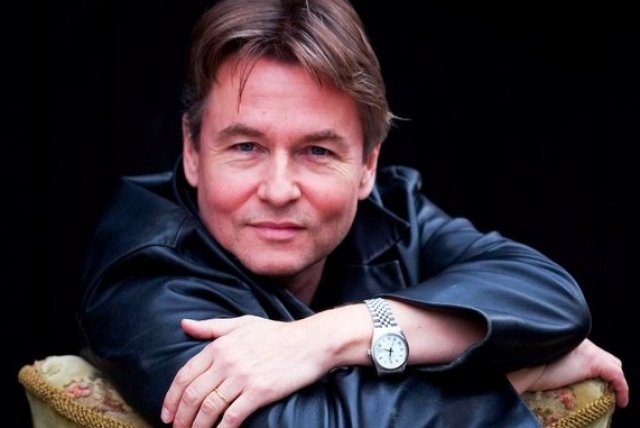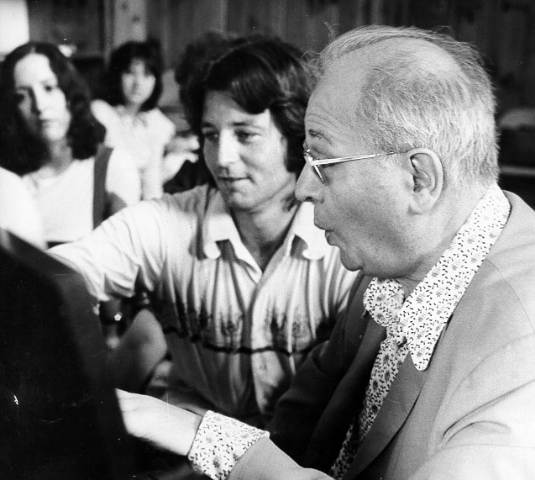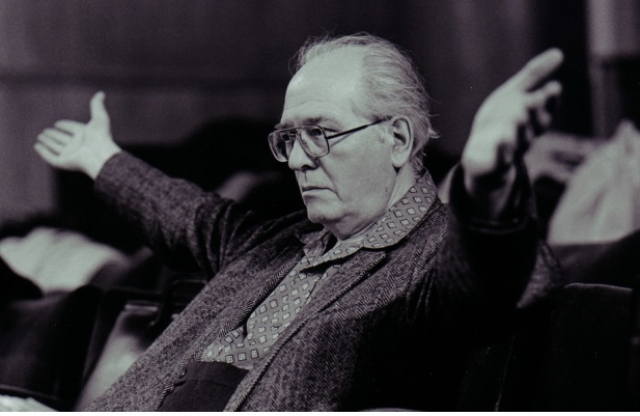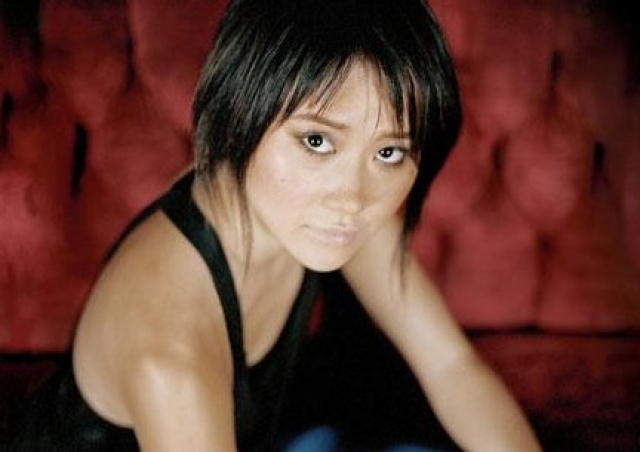Salonen Honors Messiaen at NY Phil
Tristan and Exhaulted Love Revealed in Turangalila
By: Susan Hall and Djurdjija Vucinic - Mar 13, 2016
Turangalila
By Olivier Messiaen
Conducted by Esa Pekka-Salonen
New York Philharmonic
Yuja Wang, piano
Valerie Hartmann-Claveri, Ondes Martenot
David Geffen Hall
New York, New York
March 12, 2016
Olivier Messiaen’s Turangalila Symphony packs a powerful wallop and conductor Esa Pekka Salone captured its power and beauty in a recent performance at David Geffen Hall.
How does such a moment, or eighty moments, come to be?
Conductor Salonen spoke about two transporting insights which helped him bring glory and unity to his performance. He had visited the composer to discuss Messiaen's opera St. Francis of Assisi. While he was sitting in the composer's studio, Messiaen left the room for a few moments. Salonen poked around. What books did the composer read? What other music did he have?
Salonen found only one book, the Bible. And the only music he found after probing every nook and cranny was Messiaen's own. The composer’s focus was clear.
Salonen talked about the difficulties he had in wrapping his mind and heart around this symphony. Only in the past few days had he come to an understanding. During the period Messiaen composed Turangalila, he had fallen deeply in love with pianist Yvonne Loriod. Their love could not be consummated because Messiaen, a devout Catholic, was married. His wife had been placed in an insane asylum and he could not marry until she died. Instead of succumbing to the frustration of unconsummated love, he transcended his passion with the composition of this piece. Salonen observed that Turangalila is one of the great musical expressions of passion and sexual desire.
Turangalila originated with a commission from Serge Koussevitzky, a man who well-understood the inordinate demands placed on composers. He made a simple proposal to Messiaen. Do whatever pleases you, in whatever time it takes and use whatever instruments you want.
Koussevitzky was amply rewarded by the sensitivity and generosity of his commission. Turanga is movement and rhythm. Lila is play.
Messiaen found this word on a list of Indian rhythms recorded by a 13th-century scholar. The list helped the composer expand his already rich rhythmic vocabulary. Messiaen's active observation of nature brings forth tones and color which often resemble Romantic and post Romantic composers.
A young Leonard Bernstein replaced the ailing Koussevitsky for the world premier. We hear and feel patterns alternating. Lyric melodies of an instrumental love song and recurring vast sound motifs dominated by brass and piano chords in discant and fortissimo dynamic.
This Mahler-like opening, especially the few bars before the first entrance of the piano. is a moment of realization and truth. God is big, humans are small. The sound of nature is an ideal untouched order, shaken by the presence of man.
The NYPhil tells the story full of passion and sound contrasts, romantically dreaming. This is a transcendent story juxtaposing human and nature, love and god, lust and sin.
The pastoral and love topics are expressed by orchestration. The massive sound is reinforced by spectacular array of percussion, including glockenspiel, celesta, and vibraphone which are employed to create what has been referred to as a gamelan effect. A wide spectra of instrumental color and theatrical scenes are evoked with an organ-like sound portrayed in brass section and the doubling of instrumental parts.
Understanding the rich background Messiaen brought to composition in no way diminishes the pleasure of listening to his music.
Yuja Wang both attacked the piano and caressed it. Salonen conducted behind her, giving prominence to her performance, which was often mirrored on the celeste. Stage left was Valerie Harmann-Claverie on the Ondes Martenot, one of the earliest electronic instruments, which produces wave-like sounds from the frequent osciallation of vacuum tubes. Perhaps this music sounds cinematic because the Ondes Martenot was used in the classic movie Red Shoes and also in Lawrence of Arabia.
Loud sounds from many different instruments suggest an organ, the instrument Messiaen played weekly. Mirroring patterns expanding from a core could be heard moving to and fro. The symphony in ten sections is overwhelming and yet moving. Salonen and the NYPhil instrumentalists gave their all in a magnificent performance of this iconic work.





